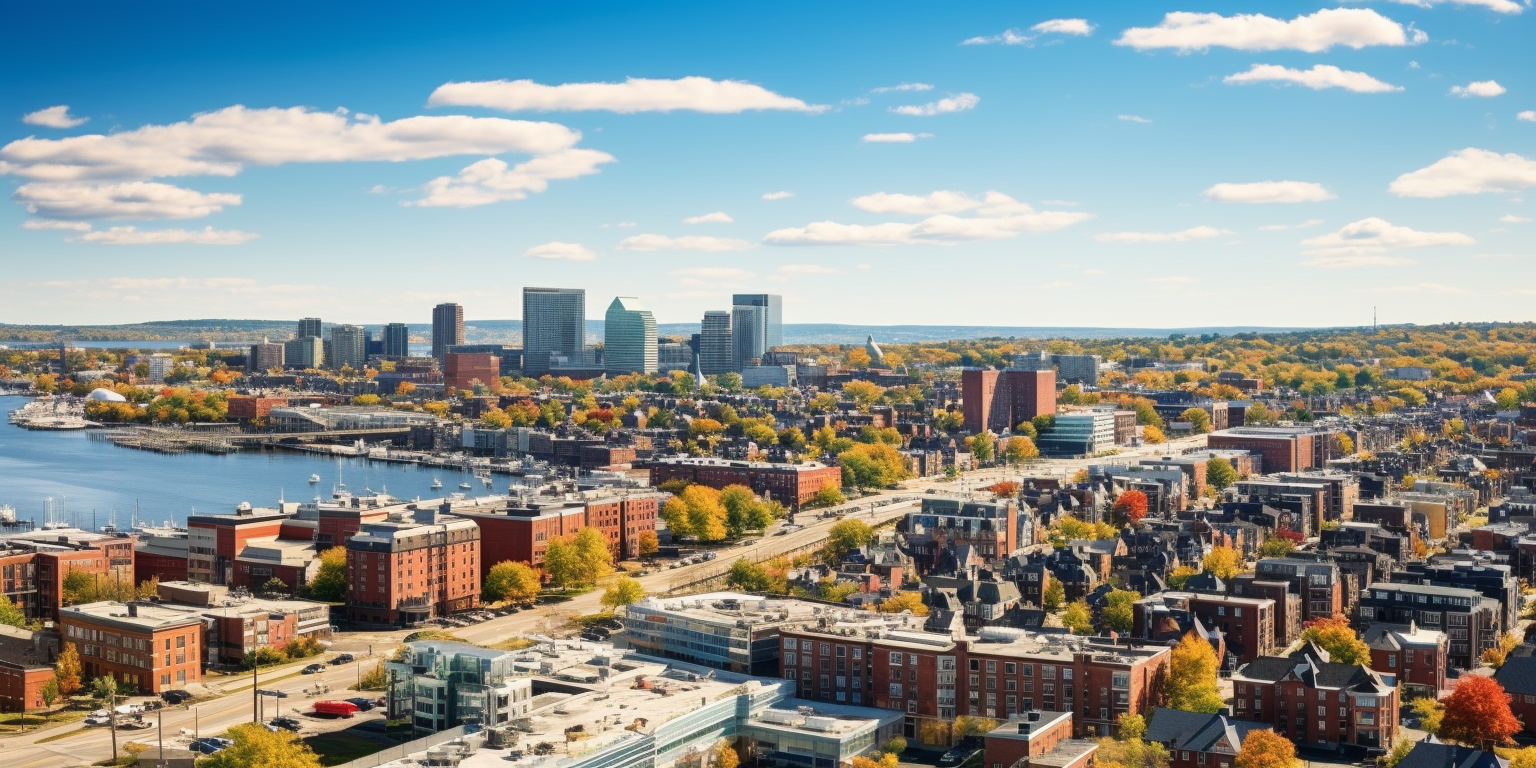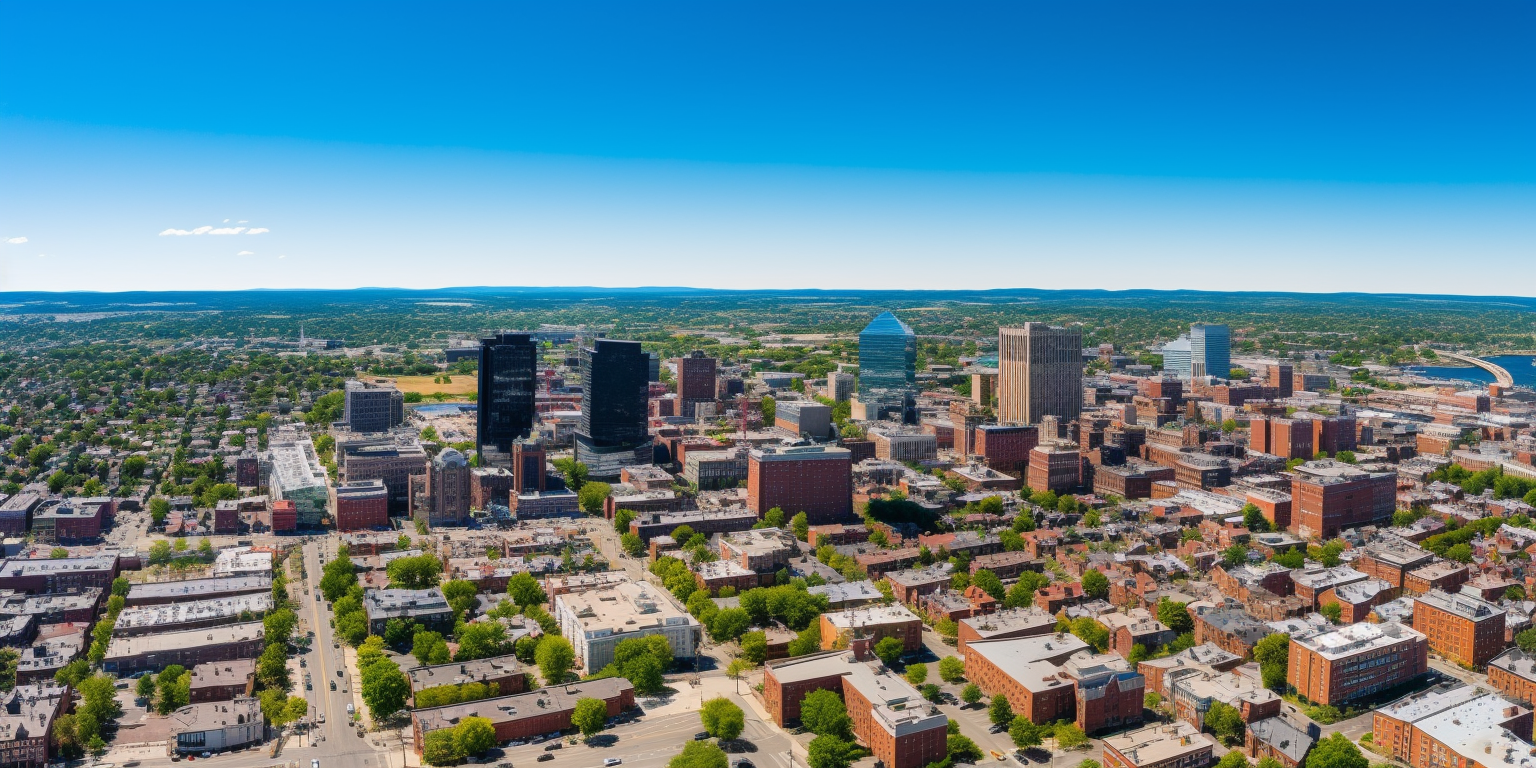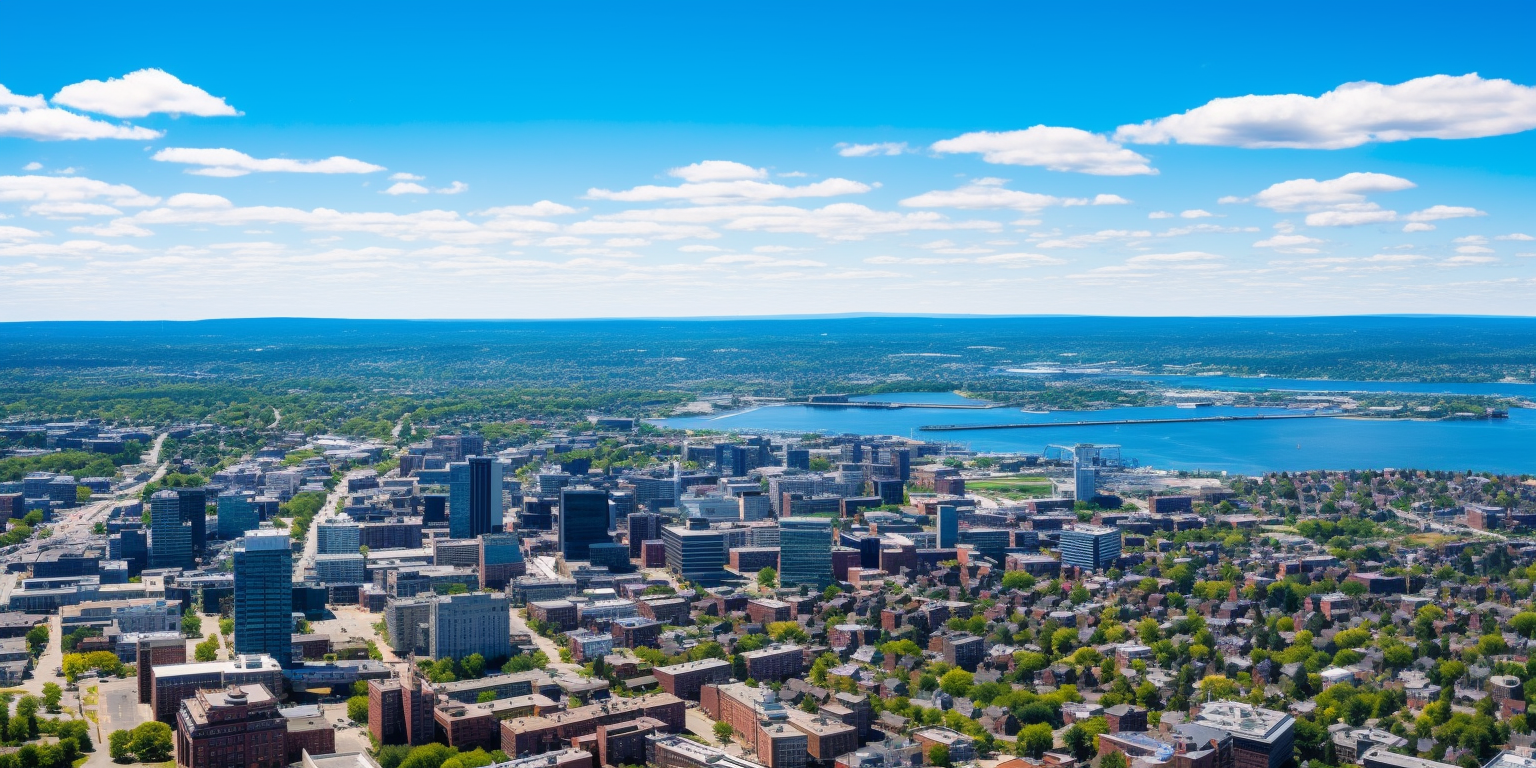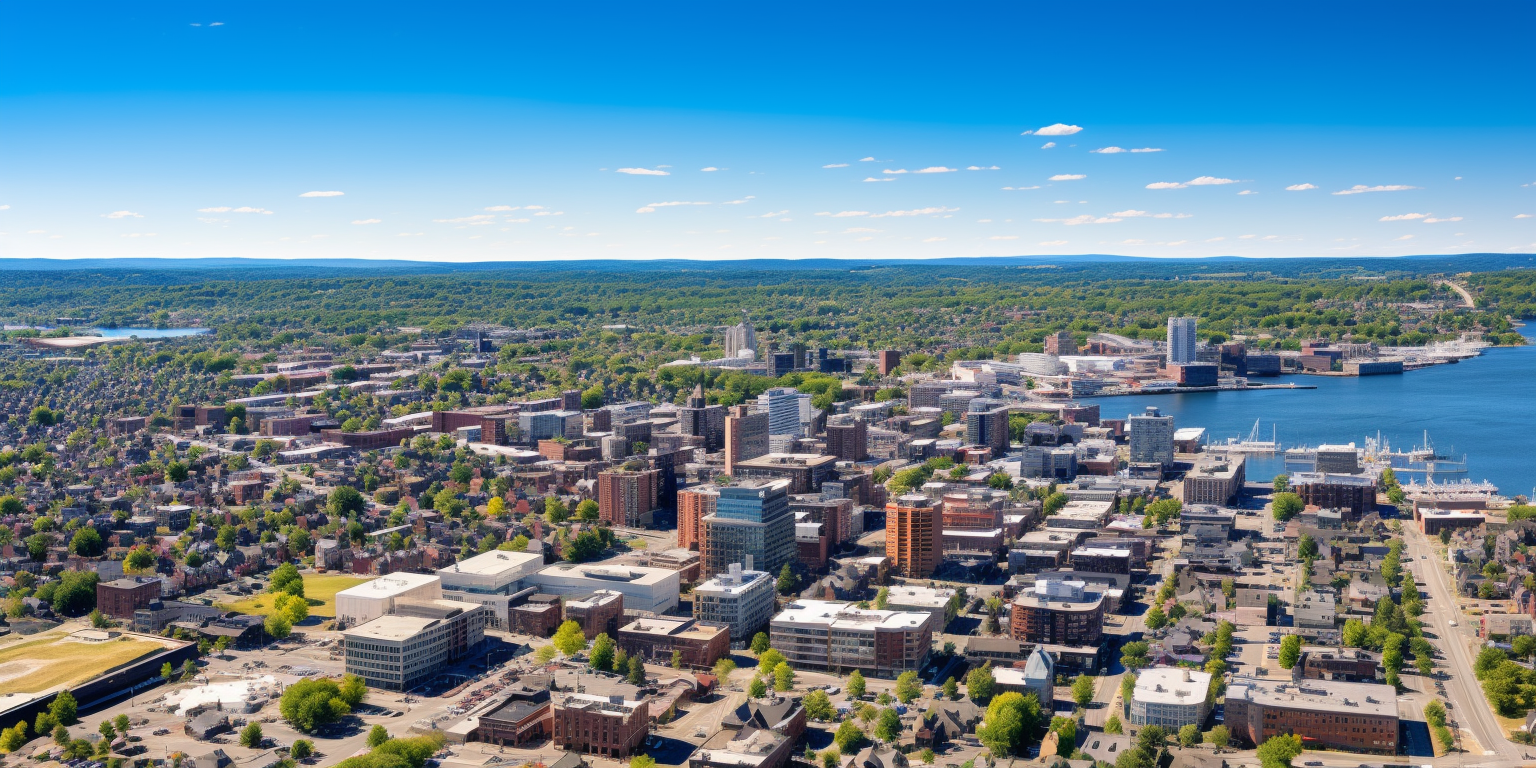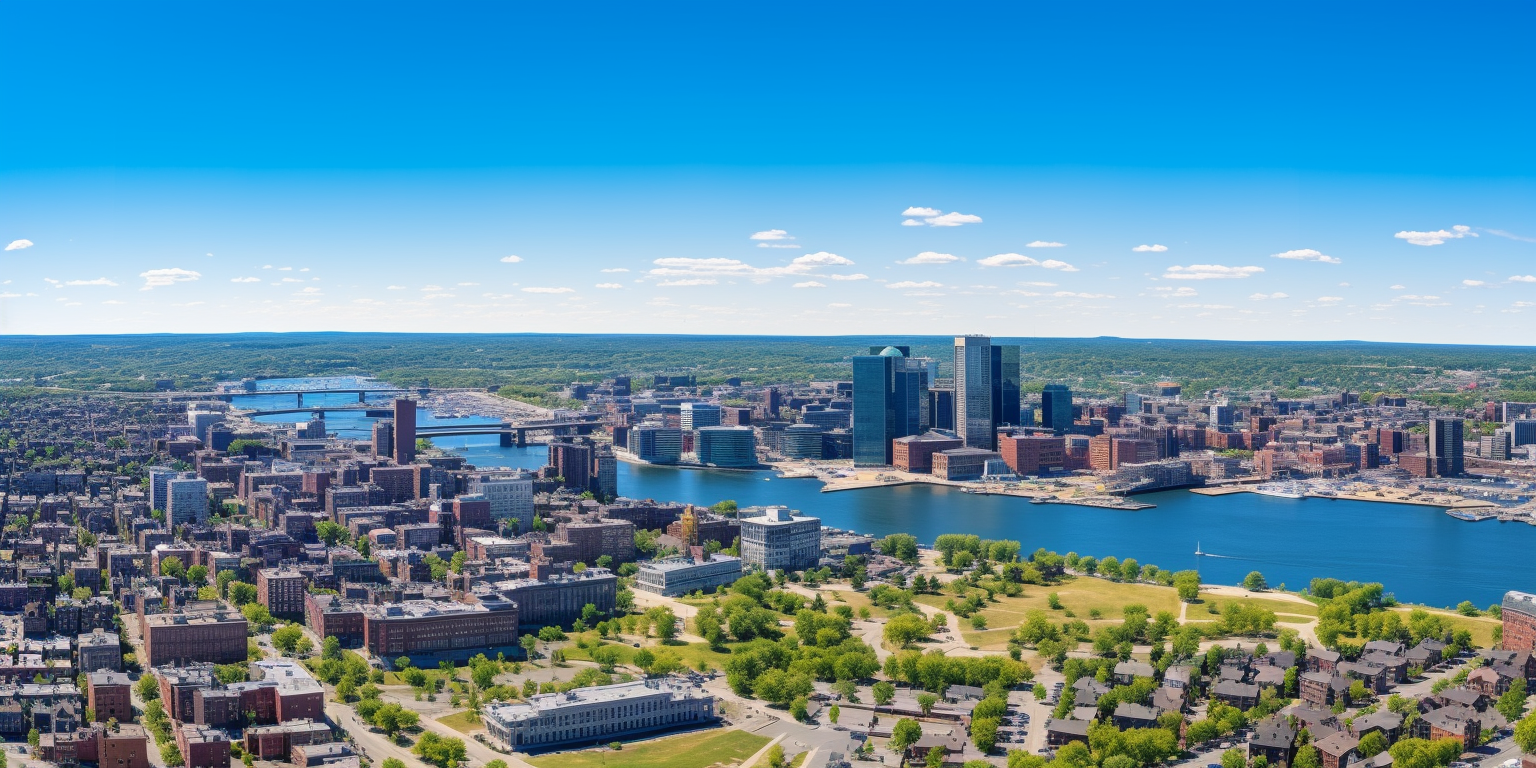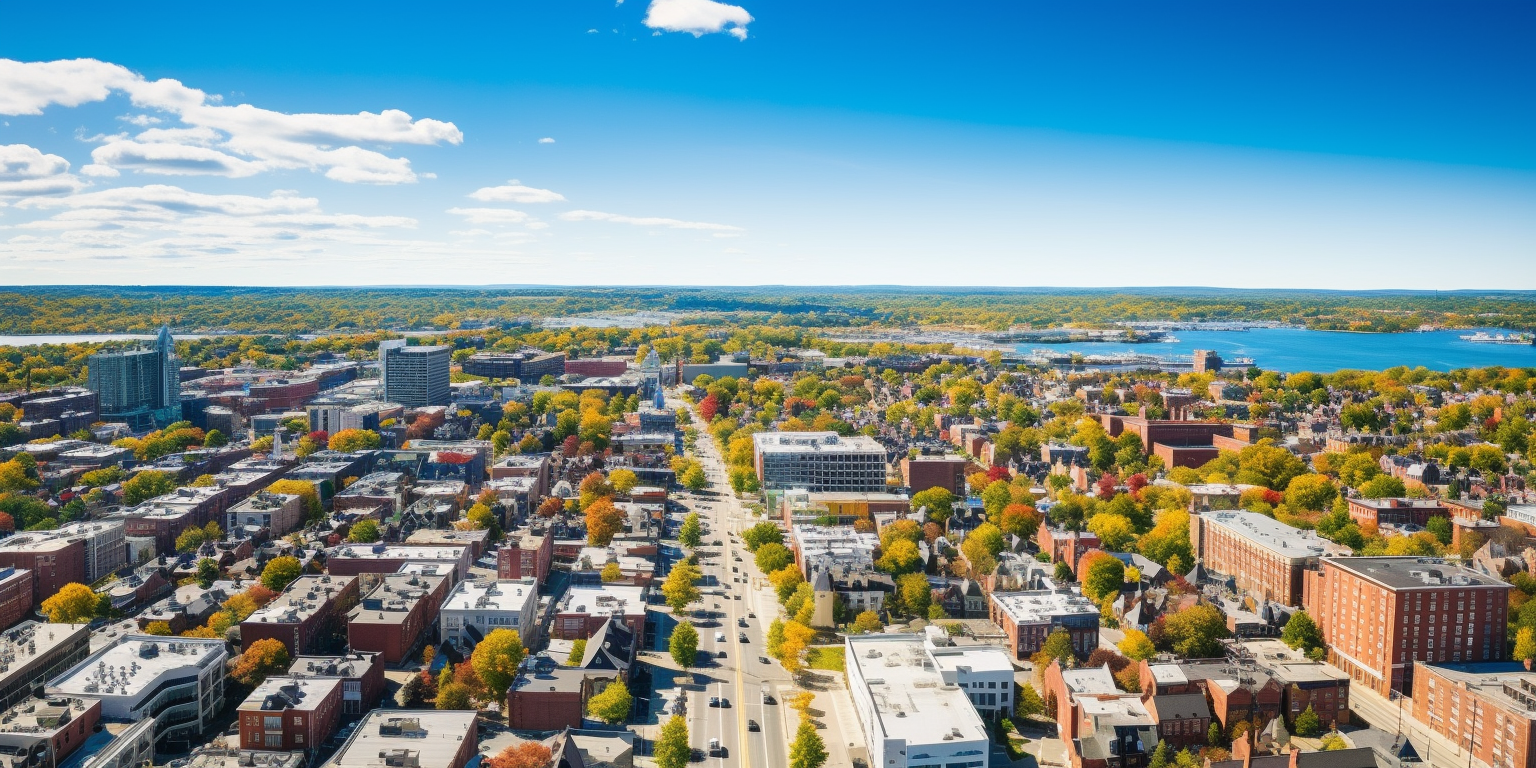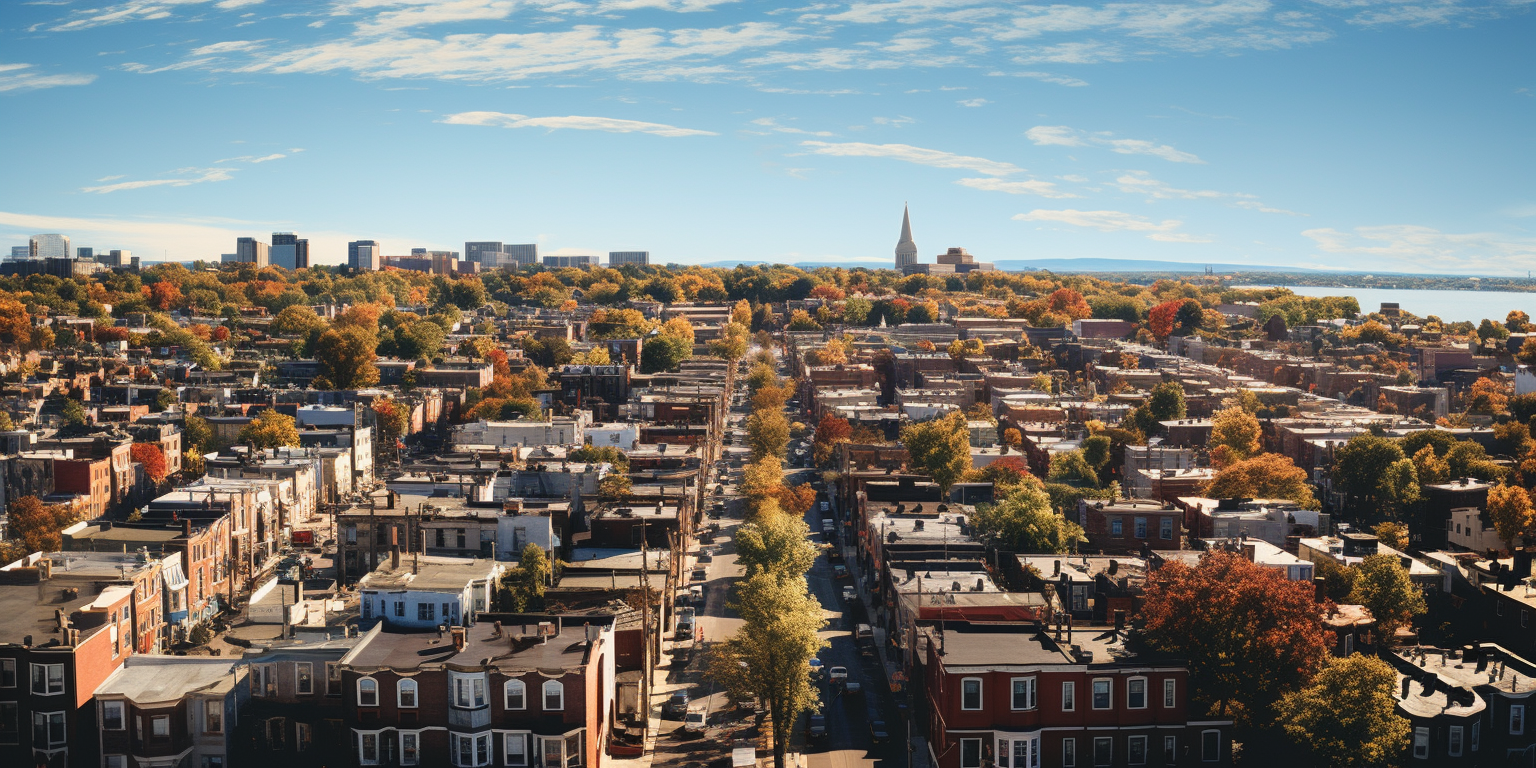It’s a common fear — you fire up the pressure washer, and suddenly your driveway or walkway shows new cracks. So, can power washing actually crack concrete? Not directly — but it can make existing weaknesses worse if you’re not careful.
What Power Washing Does (and Doesn’t) Do
A pressure washer on its own doesn’t usually have the force to crack solid concrete. However, if the concrete is already compromised — with hairline fractures, unsealed joints, or signs of wear — high-pressure water can:
- Widen small cracks
- Undermine joints or seams
- Force water deep into the slab, accelerating freeze-thaw damage
- Strip protective coatings that help prevent cracking
It’s not that power washing creates cracks — but it can expose and aggravate them.
When to Be Cautious
- Old or Weathered Concrete: Surfaces exposed to years of freeze-thaw cycles are more vulnerable.
- New Concrete: Should not be pressure washed until fully cured (at least 28 days).
- High PSI Levels: Anything over 3,500 PSI increases the risk of etching and water intrusion.
- Improper Technique: Spraying too close or at a direct angle into joints or expansion lines can speed up cracking over time.
Prevention Starts with the Right Approach
A professional knows how to assess concrete condition before washing, and how to adjust the pressure, nozzle, and angle to clean effectively without worsening any structural issues. If your concrete is aging or already cracked, a soft wash or spot cleaning may be a safer alternative.


